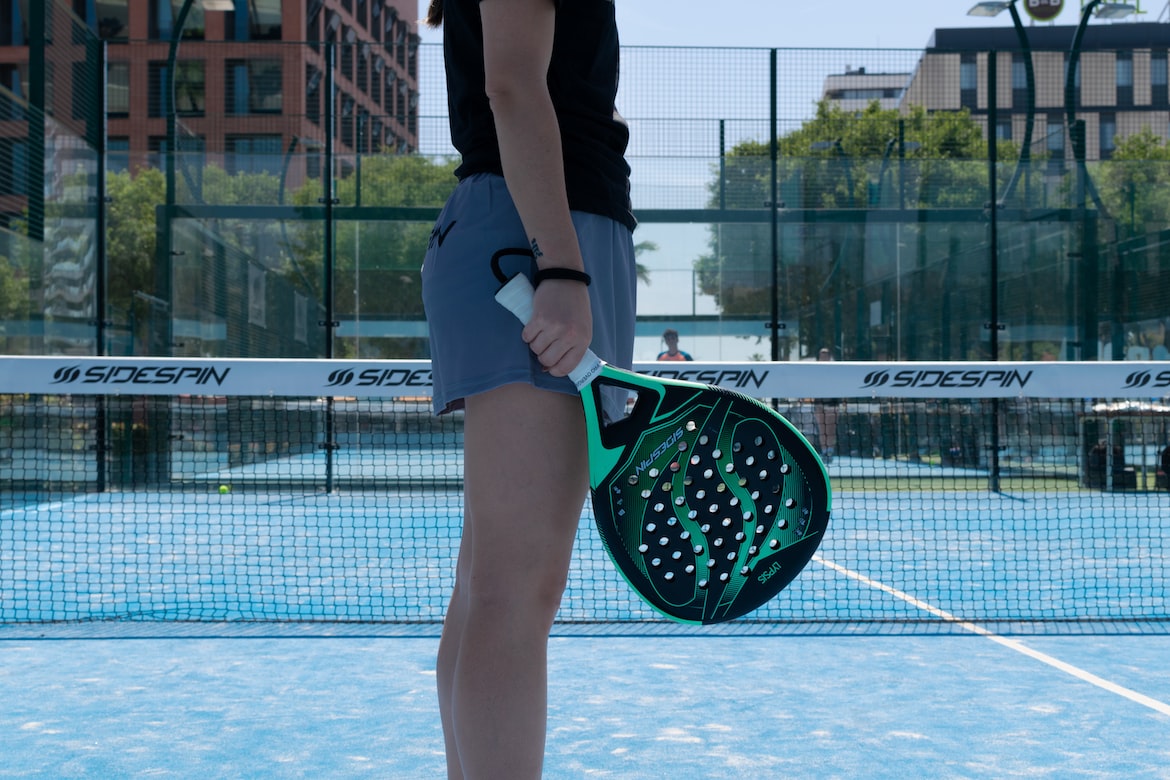Padel 101: A Closer Look at the Basic Rules
3 min read
Padel 101: A Closer Look at the Basic Rules
Greetings, fellow padel enthusiasts!
If you’re new to the captivating world of padel or are simply looking to brush up on the basic rules, you’ve come to the right place. Padel, a unique blend of tennis and squash, has taken the sports world by storm. It’s an exhilarating game that requires skill, strategy, and a hint of finesse. Today, we’ll delve into the realm of basic padel rules and equip you with the knowledge needed to excel on the court.
1. The Playing Field
Let’s start with the setting. Padel is played on a court that measures 10 meters wide and 20 meters long. This compact size makes for fast-paced and action-packed rallies. The court is enclosed by walls, and there’s a net dividing it horizontally, splitting it into two halves. The walls are very much “in play,” meaning you can use them to your advantage during a match.
2. The Teams
Padel is usually played in doubles, so you’ll find yourself partnered up with a friend or teammate. Each team consists of two players, positioned on opposite sides of the net. Unlike in tennis, where the server starts from one designated side, in padel, the server can choose which side to begin from.
3. The Serve
The serve is where it all begins. It’s the moment that sets the rhythm for the rally to come. The server must start behind the baseline and aim to hit the ball diagonally into the opponent’s service box, just like in tennis. Here’s a little tip: underarm serving is often favored in padel, as it provides greater control and precision.
4. The Rally
Once the ball is in play, it’s time for the real fun to start! Each team has up to three attempts to return the ball over the net. Unlike in squash, you’re not allowed to volley (hit the ball before it bounces). This adds an element of strategy to the game, as players must anticipate the ball’s trajectory and position themselves accordingly.
5. Scoring
Now, let’s talk scoring. Padel follows a similar scoring system to tennis, with a few minor differences. Games are scored in a traditional 15-30-40 manner, but here’s the catch: if the game is tied at 40-40, it doesn’t end in deuce! Instead, it goes to “advantage” for the winning team, and if they score the next point, they win the game. However, should they lose the point, it goes back to deuce.
6. Let’s Play!
Are you feeling inspired to grab a padel racket and take to the court? Remember, basic padel rules are just the tip of the iceberg. To truly master the game, it’s essential to practice and hone your skills. Watch professional matches, analyze their techniques, and most importantly, get out there and play!
Whether you’re an experienced player or completely new to the game, these basic padel rules will help you navigate the court and enjoy the thrill of this fantastic sport. So, grab a friend, find a local padel court, and embrace the world of padel. It’s time to have a smashing good time!






